1.What is a Touch Panel?
A touch panel, also known as a touchscreen, is an electronic input/output device that allows users to interact with a computer or electronic device by directly touching the display screen. It is capable of detecting and interpreting touch gestures such as tapping, swiping, pinching, and dragging. Lcd Touch Screen can be found in various devices such as smartphones, tablets, laptops, POS systems, kiosks, and interactive displays. They provide a user-friendly and intuitive interface that eliminates the need for physical buttons or keyboards.
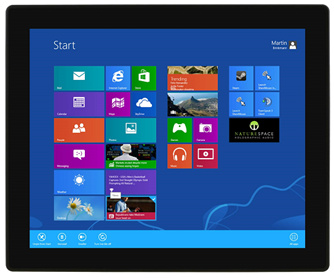
2.Types of Touch Panel(TP)
a) Resistive Touch Panel(RTP)
A resistive touch panel is a type of touchscreen technology that consists of two layers of flexible material, typically indium tin oxide (ITO) coated film, with a small gap between them. When pressure is applied to the panel, the two layers come into contact, creating an electrical connection at the point of touch. This change in electrical current is detected by the device's controller, which can then determine the location of the touch on the screen.
One layer of the resistive touch panel is made of conductive material, while the other layer is resistive. The conductive layer has a constant electrical current flowing through it, while the resistive layer acts as a series of voltage dividers. When the two layers come into contact, the resistance at the point of contact changes, allowing the controller to calculate the X and Y coordinates of the touch.
Resistive touch panels have certain advantages, such as durability and the ability to be operated with both finger and stylus input. However, they also have some limitations, including less accuracy compared to other touch panel
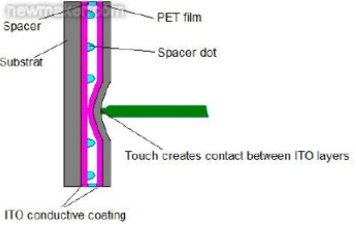
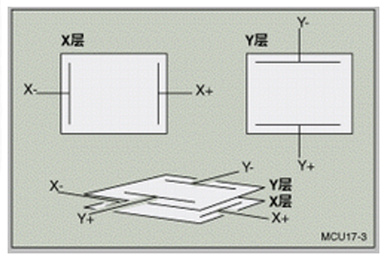
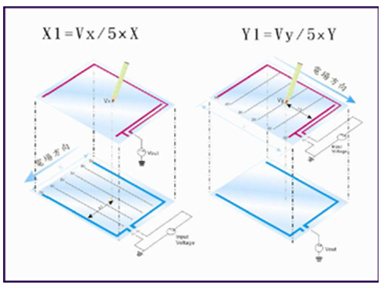
a) Capacitive Touch Panel(CTP)
A capacitive touch panel is another type of touchscreen technology that uses the electrical properties of the human body to detect touch. Unlike resistive touch panels, which rely on pressure, capacitive touch panels work by sensing changes in the electrical field when a conductive object, such as a finger, comes into contact with the screen.
Within a Capacitive Touch Screen, there is a layer of capacitive material, typically a transparent conductor like indium tin oxide (ITO), that forms an electrode grid. When a finger touches the panel, it creates a capacitive coupling with the electrode grid, causing a small electrical current to flow and disturb the electrostatic field.
The disturbance in the electrostatic field is detected by the touch panel controller, which can then interpret the changes to determine the position and movement of the touch. This enables the touch panel to recognize multi-touch gestures, such as pinch-to-zoom or swipe.
Capacitive Screen offer several advantages, including higher accuracy, better clarity, and the ability to support multi-touch input. They are commonly used in smartphones, tablets, and other touch-enabled devices. However, they require a conductive input, such as a finger, and are not suitable for use with gloves or non-conductive objects.
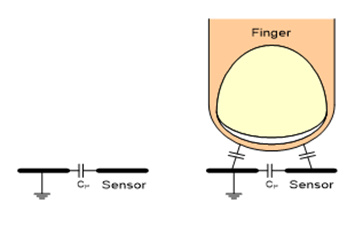
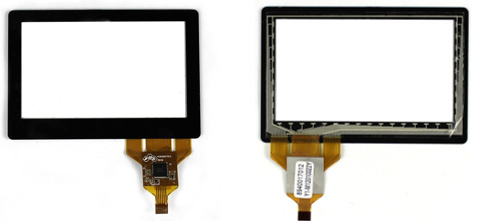
3.TFT+ Capacitive Touch Panel
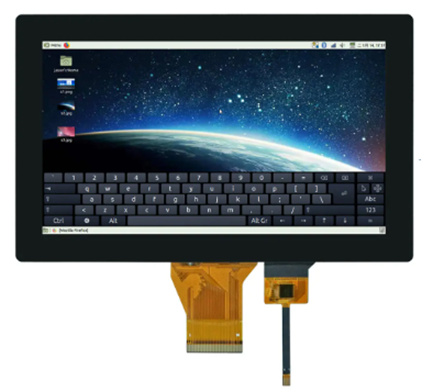
Structure—
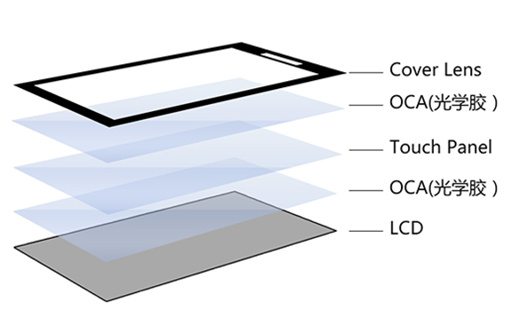
4.The main differences between Resistive and Capacitive Touch Screen
Principle of operation:
- Capacitive touch: Capacitive touch screens work based on the principle of capacitance. They contain a layer of capacitive material, typically Indium Tin Oxide (ITO), which stores an electrical charge. When a user touches the screen, the electrical charge is disrupted, and the touch is sensed by the controller.
- Resistive touch: Resistive touch screens consist of multiple layers, typically two conductive layers separated by a thin spacer. When a user applies pressure and deforms the top layer, the two conductive layers come into contact at the point of touch, creating a circuit. The touch is detected by measuring the change in electrical current at that point.
Accuracy and precision:
- Capacitive touch: Capacitive touch screens generally offer better accuracy and precision because they can detect multiple touch points and distinguish between different types of touch gestures, such as pinch-to-zoom or swipe.
- Resistive touch: Resistive touch screens may not provide the same level of accuracy and precision as capacitive touch screens. They are more suitable for single-touch operations and may require more pressure to register a touch.
Touch sensitivity:
- Capacitive touch: Capacitive touch screens are highly sensitive and can respond to even the slightest touch or proximity of a conductive object, such as a finger or a stylus.
- Resistive touch: Resistive touch screens are less sensitive and typically require a more deliberate and firm touch to activate.
Durability:
- Capacitive touch: Capacitive touch screens are typically more durable because they do not have multiple layers that can be easily damaged or scratched.
- Resistive touch: Resistive touch screens are generally less durable as the top layer can be susceptible to scratching or wearing out over time.
Transparency:
- Capacitive touch: Capacitive touch screens are often more transparent because they do not require additional layers, resulting in better image quality and visibility.
- Resistive touch: Resistive touch screens may have a slightly lower level of transparency due to the additional layers involved in their construction.
It's important to note that while both types of touch screens have their own advantages and disadvantages, capacitive touch screens have become more prevalent in recent years due to their superior performance and versatility in various applications. However, resistive touch screens still find use in specific industries or situations where their features are advantageous, such as outdoor environments where gloves are often worn or applications requiring higher pressure sensitivity.
5.Touch Panel Applications
Touch panel applications refer to the various industries and devices where touch panels are used as a user interface. Touch panels provide a convenient and intuitive way for users to interact with electronic devices by directly touching the screen.
Some common touch panel applications include:
- Smartphones and tablets: Touch panels have become a standard feature in modern smartphones and tablets, allowing users to navigate through menus, access applications, and perform various tasks using touch gestures.
- Personal computers: Touch-enabled displays are increasingly being used in desktops and laptops, enabling users to interact with their computer through touch gestures, such as tapping, swiping, and scrolling.
- Kiosks and self-service terminals: Touch panels are used in public spaces, such as malls, airports, and museums, to provide interactive information and services. Users can access maps, directories, ticketing systems, and other functionalities through touch interfaces.
- Point of Sale (POS) systems: Touch panels are commonly used in retail environments for cash registers and payment systems. They enable fast and convenient input of product information, prices, and payment details.
- Industrial control systems: Touch panels are widely used in industrial settings to control and monitor machinery, equipment, and processes. They provide a user-friendly interface for operators to input commands, adjust settings, and monitor data.
- Automotive infotainment systems: Touch panels are integrated into car dashboards to control entertainment systems, climate settings, navigation, and other features. They offer an intuitive and easy-to-use interface for drivers and passengers.
- Medical devices: Touch panels are used in medical equipment and devices, such as patient monitors, ultrasound machines, and diagnostic tools. They allow healthcare professionals to interact with the devices quickly and efficiently.
These are just a few examples of touch panel applications, as the technology is continuously evolving and being integrated into various industries and devices to enhance user experience and functionality.
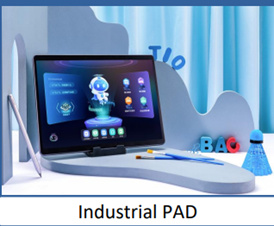
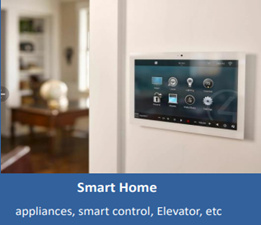
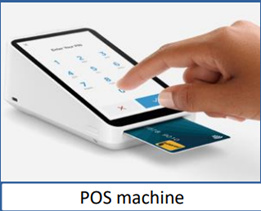


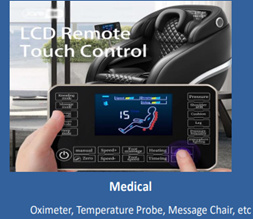
Post time: Aug-08-2023





